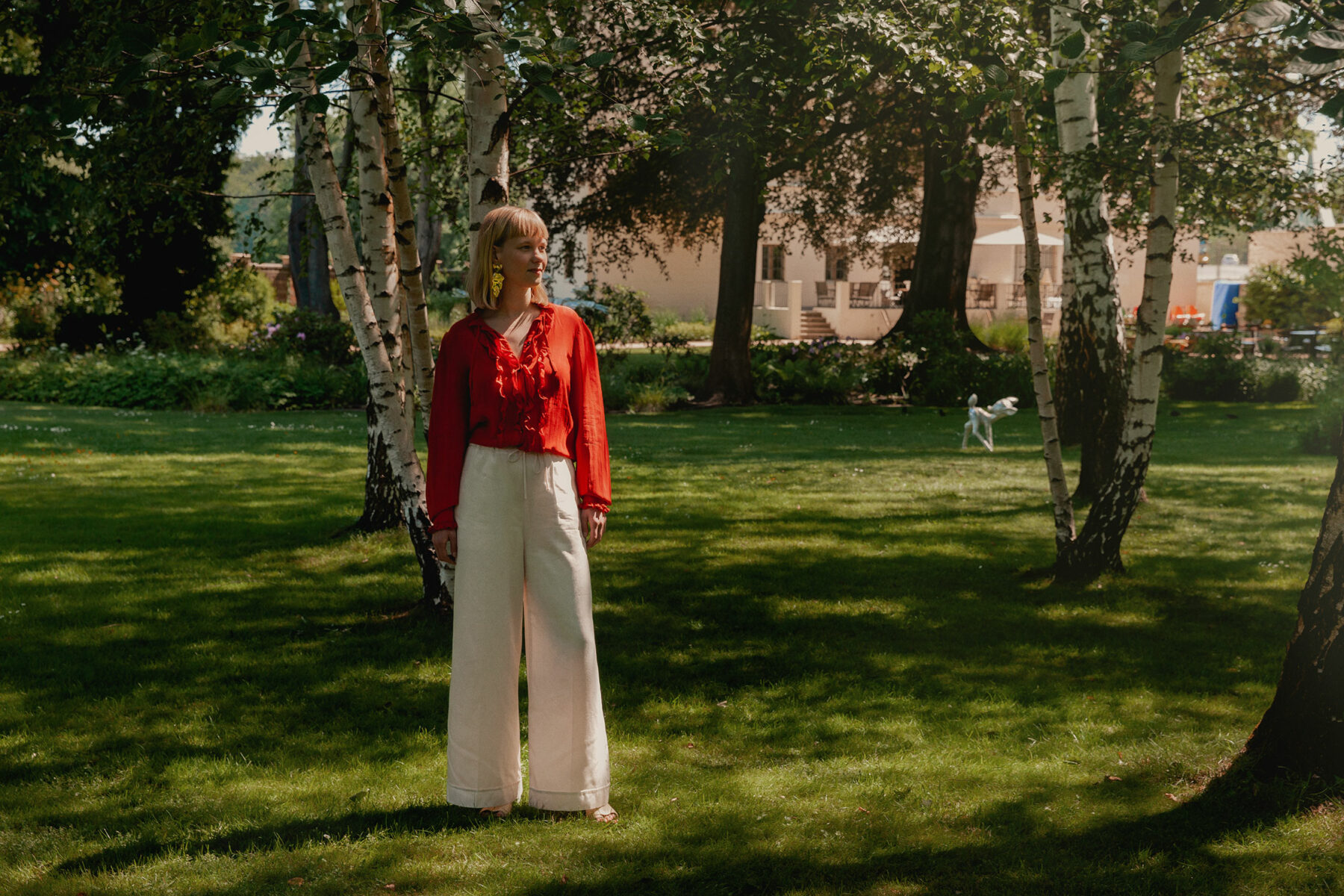A resourceful curator brings local histories, art exhibitions, and jazz gigs under the same, time-honored roof.
When 29-year-old Sonia González heard that Potsdam’s historic residence and exhibition house Villa Schöningen was looking for a new curator, she reached for the opportunity without hesitation. Two years and several shows later, González has made herself known for leading the space through the uncertainties of the pandemic and adding an unprecedented twist to its program—including jazz concerts and yoga sessions in the garden.
After studying in Thomas Demand’s class at the University of Fine Arts of Hamburg (HFBK) González went on to explore different curatorial practices, working at the Museum für Kunst und Gewerbe and the Museum für Hamburgische Stadtgeschichte, and eventually joining Thomas Zander’s Gallery in Cologne, where she worked until 2019.
Characterized by a rare holistic quality, her work addresses the need for more dynamic exhibition environments: ones that welcome immersive experiences and casual rendezvous alike, where art, history, and local culture are in constant exchange
We drove out to Potsdam to savor the Villa’s unique ambiance first hand, talk through its evolution, and learn about González’ path.



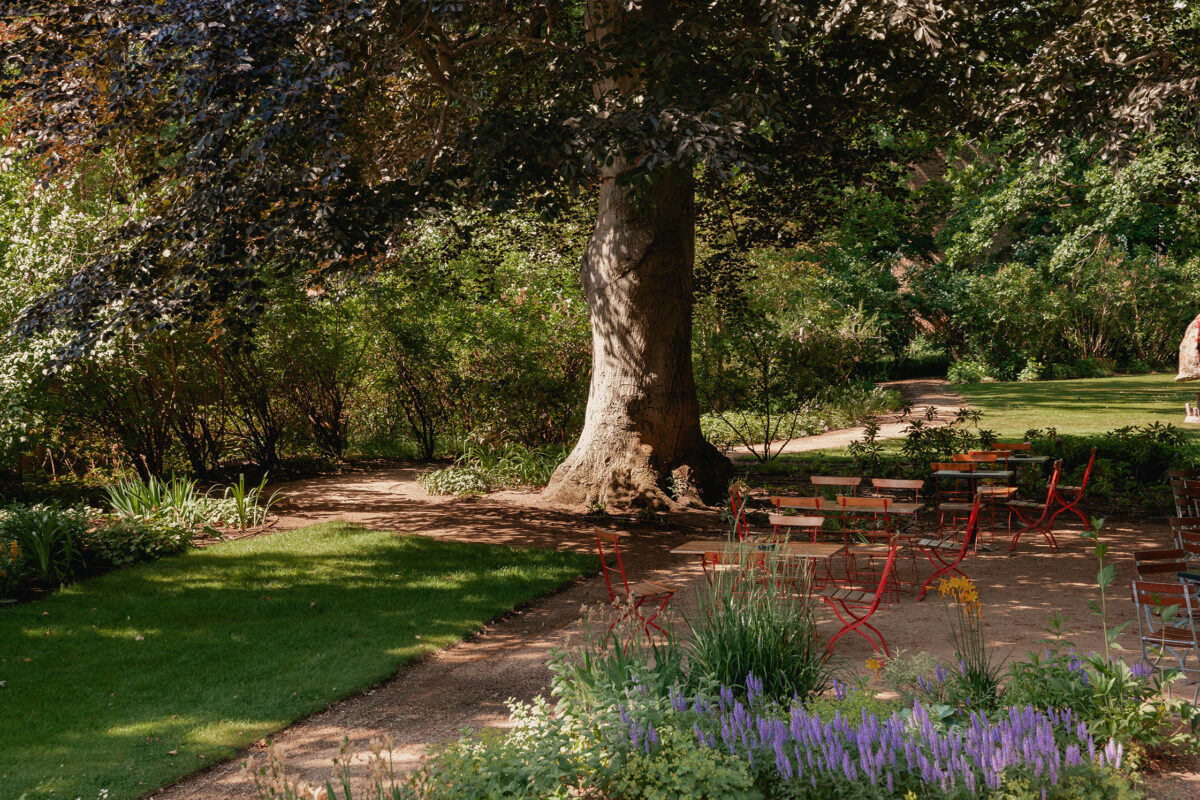




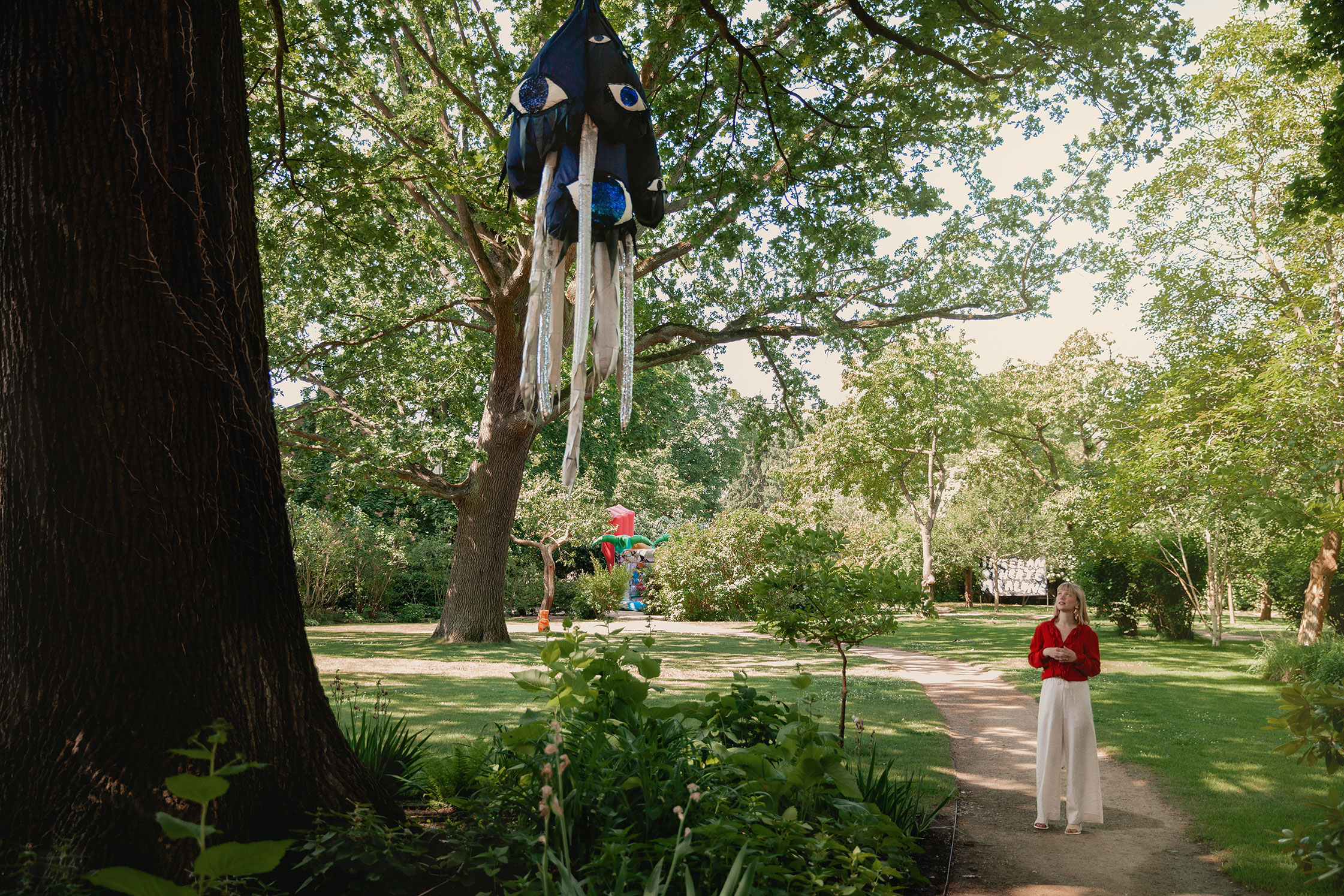
-
How did you first become interested in art?
My interest in art developed as a result of different experiences and influences. Dance was very important for me growing up. I started going to dance school when I was three and kept going to the same teacher until I finished high school. Even though I grew up in a small town, her style was very modern. Through her, I was exposed to the work of choreographer Pina Bausch. I got to see one of her pieces while she was still alive and felt like, ‘wow!’ I had never experienced something like that and I think it really made me think about shapes, light, and how to look at the world. Growing up in Düsseldorf another important influence was Insel Hombroich, a museum that is also a park and was built in the late 80s by Gotthard Graubner, Erwin Heerich, and Bernhard Korte, with the idea of reuniting nature, architecture, and art in one place. This is also where Langen Foundation’s exhibition space was built in 2007. It was very innovative because visiting Langen Foundation isn’t like entering a canonical white cube. It’s more like entering a place where you can spend the day walking around and eventually reach a building with some art inside—Alberto Giacometti, Norbert Kricke …
-
Could you tell us a little bit about your museum work prior to joining Villa Schöningen?
I worked in two museums in Hamburg, Museum für Kunst und Gewerbe and Museum für Hamburgische Stadtgeschichte, the historical museum, but there I mostly had small projects. And then I went to Cologne where I worked for Thomas Zander’s gallery and was responsible for the publications. During that time, I really felt that art and curation are very close. Making a book is like curating a show, just in another way. At the same time, there’s a difference between experiencing a real-life show and looking at a book. And I think this is an important distinction, especially right now, in the digital era. It will never be the same to see a Rothko in a museum or on a digital screen.
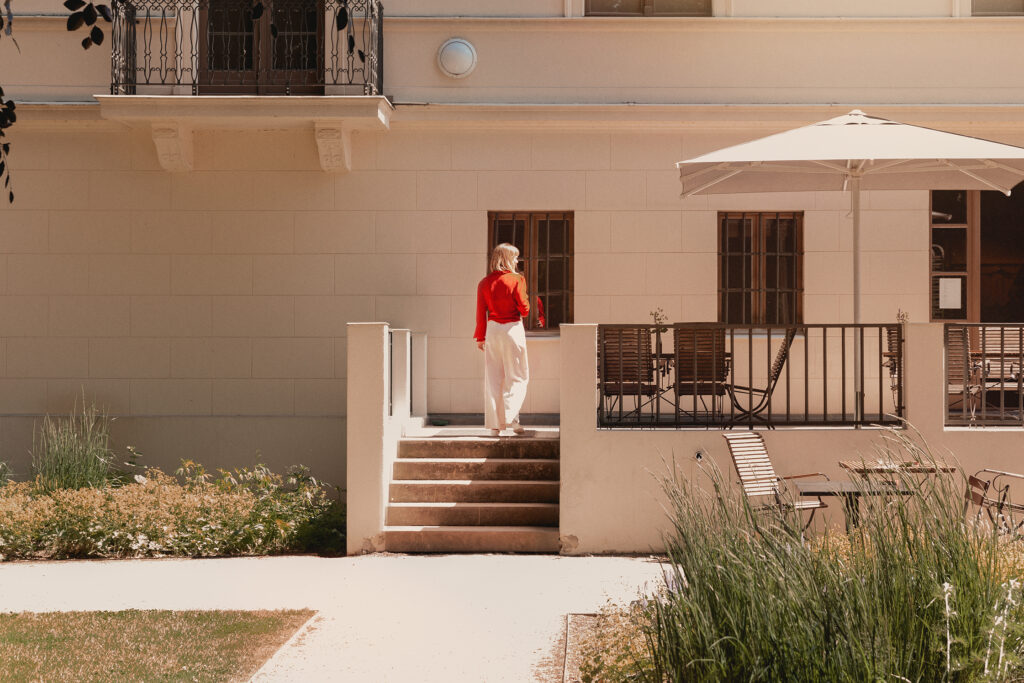
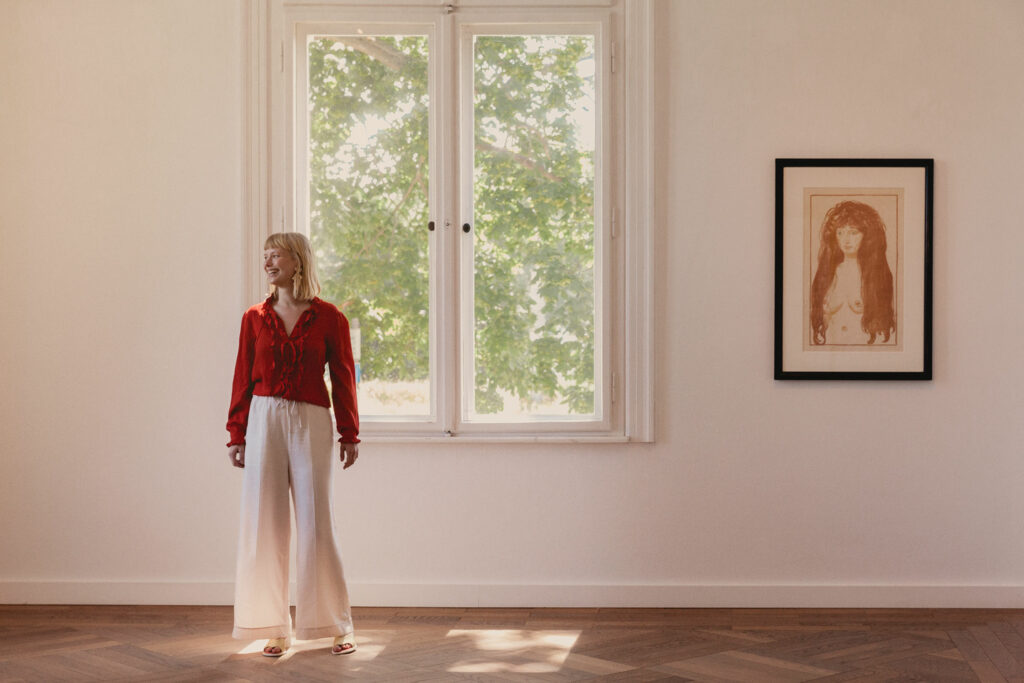
I’m trying to create a place for both meaningful and casual exchange, rather than simply putting up a show in a room.
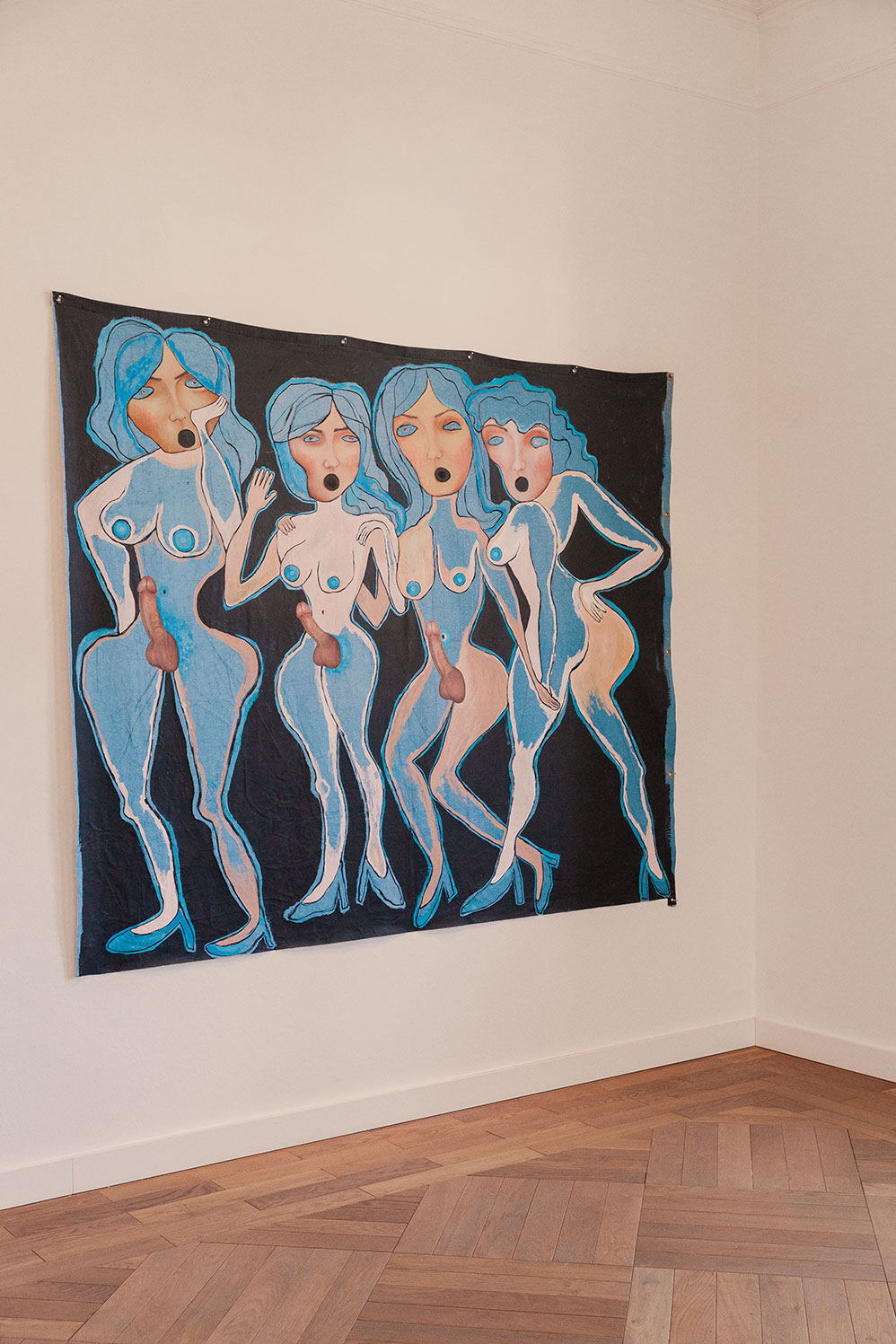



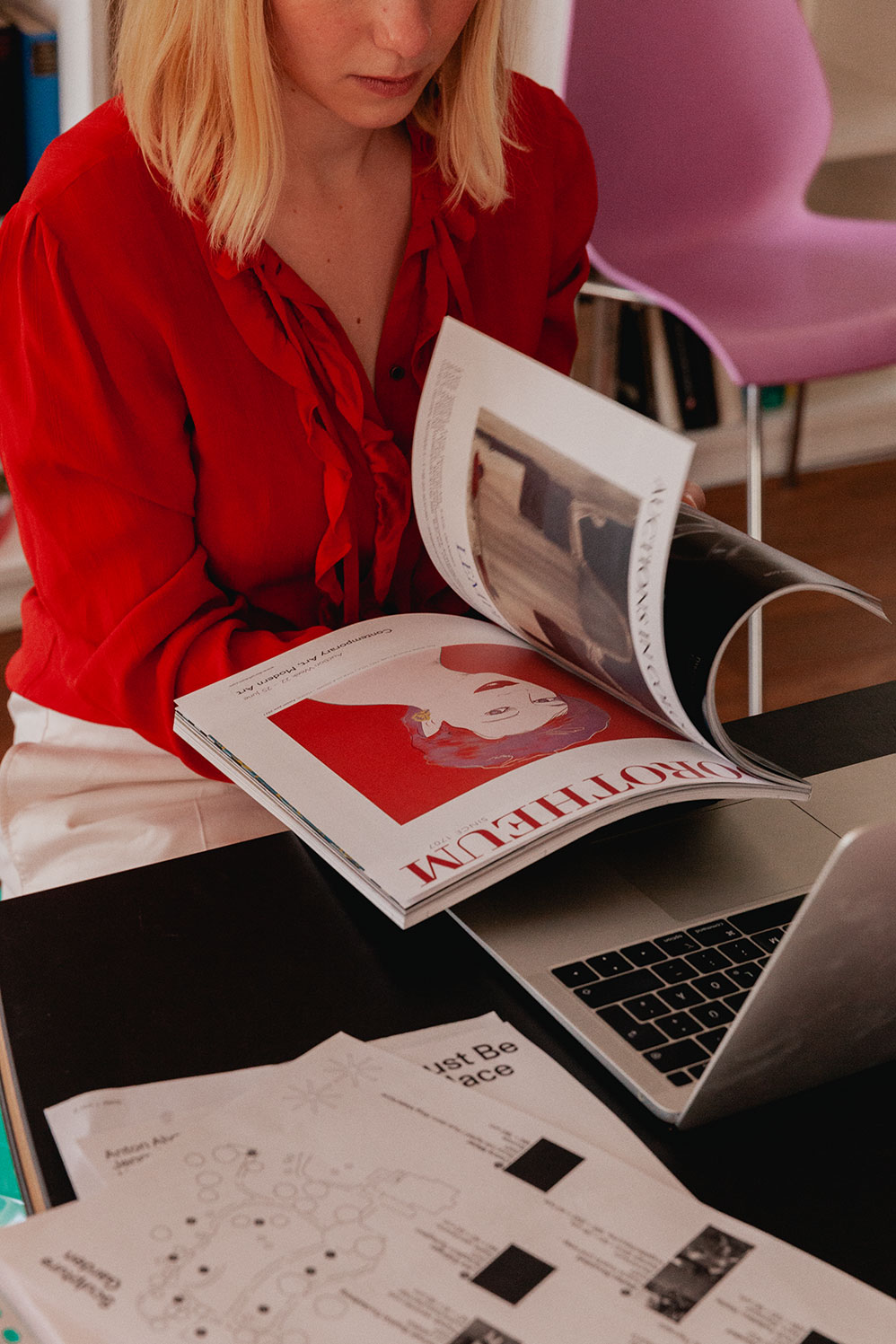
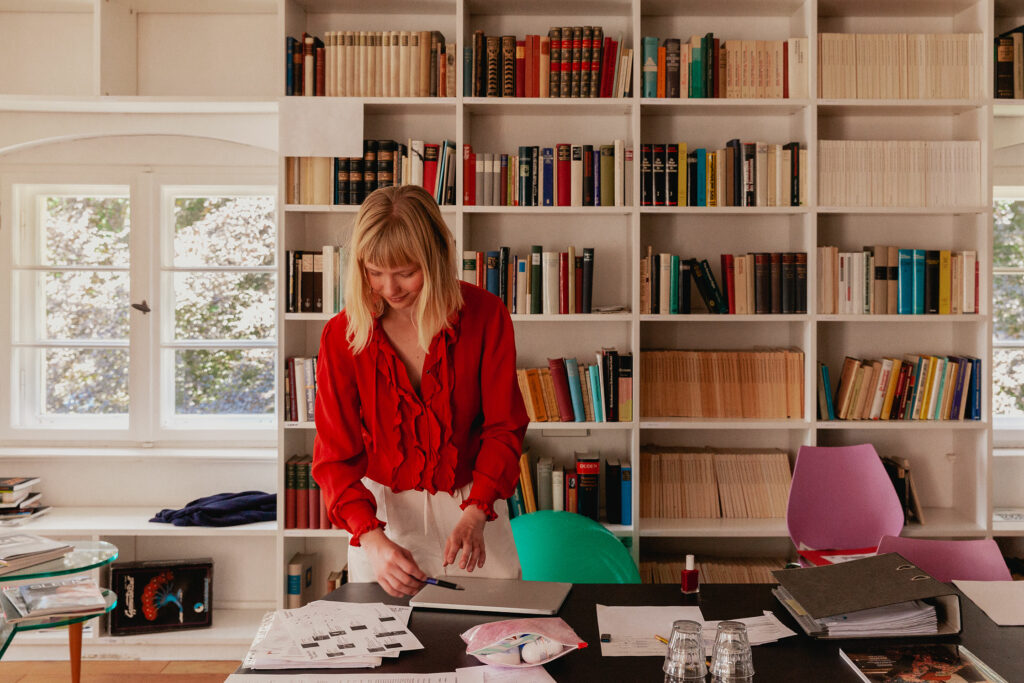
-
How did you become interested in Villa Schöningen? What attracted you about it?
To work there! Working there meant curating a house, not only a show. And this is also how I’m looking at it now: I’m trying to create a place for both meaningful and casual exchange, rather than simply putting up a show in a room. Because of the Villa’s many dimensions, we attract a rather diverse crowd. There are those interested in the garden’s architecture, those interested in the art, those interested in the Villa’s history, and those who are simply passing by and end up taking a tour spontaneously. What I love about this variety is that a visitor who is interested in the gardens will end up crossing paths with art, while, say, someone who is interested in the Villa’s art, might leave with an understanding of the territory’s history.
-
You were appointed director and curator of Villa Schöningen in 2019. How did you feel when you found out?
It was exciting—even though I was very happy in Cologne and I hadn’t been actively applying for jobs, I couldn’t wait to start. I just heard about the opportunity and that the person who was in charge of the Villa was leaving and said to myself, ‘Okay, I will just apply’. I also knew it was going to be more responsibility. So, yes, I was really excited, even though it was a tough start with Corona.
-
Due to the pandemic, you had to face a lot of circumstantial challenges. How did you respond to the limitations prompted by lockdowns?
When I started, the first thing I wanted to do was work on formats related to education. Of course, this was impossible because for a long time people weren’t allowed to be in the same room. So we started to think about how to do things digitally. I also started to think, ‘okay, if things don’t change, then we’re doing this show outside. With hot chocolate and hot coffee to keep you warm.’ And so, during the first lockdown, we put up a show on the front of Villa with a piece by Martin Gross. That way, people could have a walk, see the work and have a coffee, for example. During the second lockdown, we installed a poster series about the history of the building in our garden. Furthermore, the class of Christian Jankowski organized so-called “one-household performances”—performances that people could enjoy by themselves, taking place in the area around the Villa.
-
Besides the pandemic, what other challenges did you face since you started your work at Villa Schöningen?
The biggest challenge has been managing self-pressure and living up to my own expectations for the Villa.


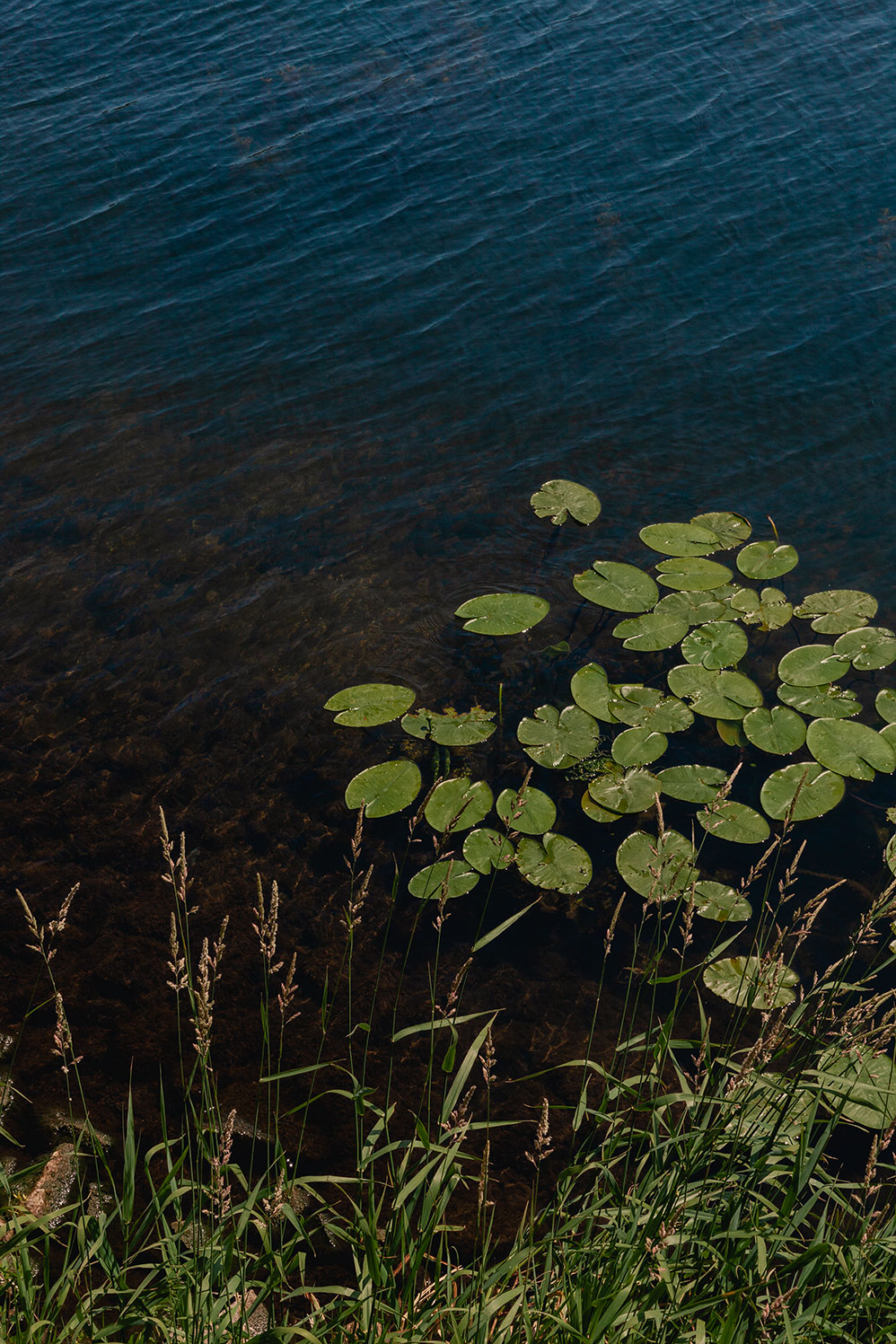
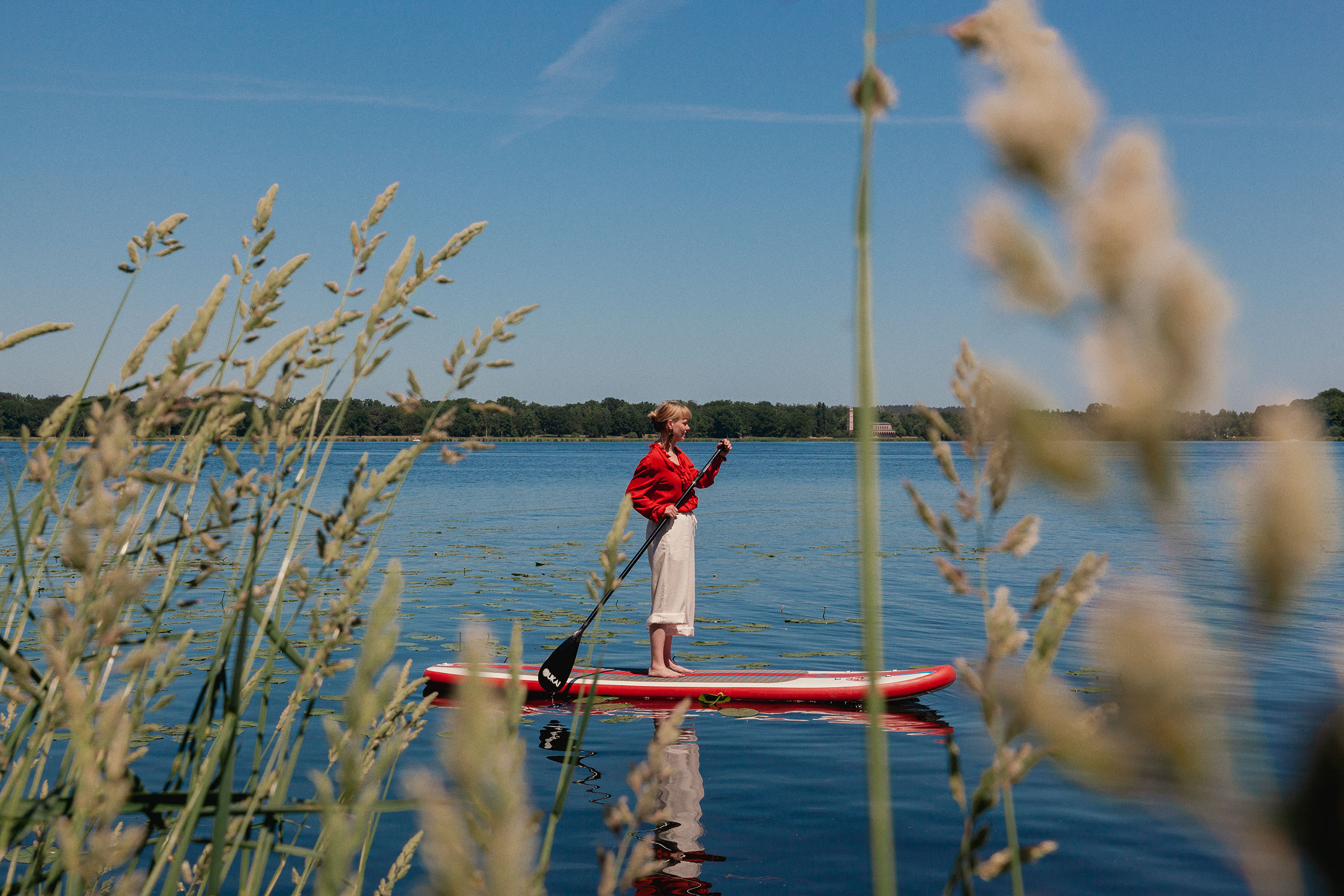
A place isn’t determined by a building or geographic location. It is society, along with the political circumstances, and the people that shape it. Just like Villa Schöningen is shaped by its multifaceted history and the different people that inhabited it.
-
What was the experience of moving to Potsdam like? What are some of the things you have come to appreciate?
The loveliest thing is that there’s water everywhere. In the Summer you can just go for a swim. Even during winter [laughs]! I’m always jumping in with one of my colleagues, Pola—last year we had our last swim on the 1st of November. This is something I really enjoy, leaving my desk, jumping into the water, and then feeling totally refreshed in the mind. Another place I like to go to is this really nice church ‘Heilandskirche’, in Sacrow. The interesting thing about this church is that you couldn’t visit while Germany was divided. You couldn’t go from the East, and you couldn’t go from the West, because it was literally on the border so it was like no man’s land.
-
What do you think the benefits of displaying art in historical buildings, as opposed to purpose-built galleries, are?
In historical buildings, you have some kind of responsibility towards their history. The Villa was built in 1843. It was commissioned by the Prussian king, then repurposed as a children’s dormitory under the GDR, and only became an exhibition space in 2009, so there is a lot of German history and II World War history here.
-
What are some of the differences between curating a venue like Villa Schöningen and a venue in a larger city like Berlin or Frankfurt?
For instance, you don’t have as many people walking in. When you are a gallery admitter in the city, people come in for ten minutes, have a look, and walk out. Our visitors are people who take the time for a longer visit, maybe a Sunday trip.



-
How do you plan on using your position as a female director and curator to shape the environment?
Overall I find myself thinking in very feministic terms, giving space to questions related to feminism. One of the first things we did at the end of February when we had the first lockdown was rebuilding the toilets. Now we have all-gender toilets, as opposed to separated, gendered ones. So, I think that whenever I’m making a decision, the decision will be automatically influenced by this.
-
Did you come to find that the art industry is male-dominated?
I don’t think it’s the industry itself, I think it’s the world that is still male-dominated. So the art industry is no exception. This is something I have experienced both professionally and as a private person. But perhaps I feel it more now, as I am in a position of power. At the same time, older women have sometimes come up to me saying that they are so happy that a young woman got this opportunity. And I feel the support of my colleagues from other cultural institutions. There is a lot of exchange between young women in curation or holding positions with a lot of responsibility.
-
Could you tell us about your vision for Villa Schöningen in the future?
I want to continue working on this idea of the open house that welcomes and encourages exchange and discussion around different topics.



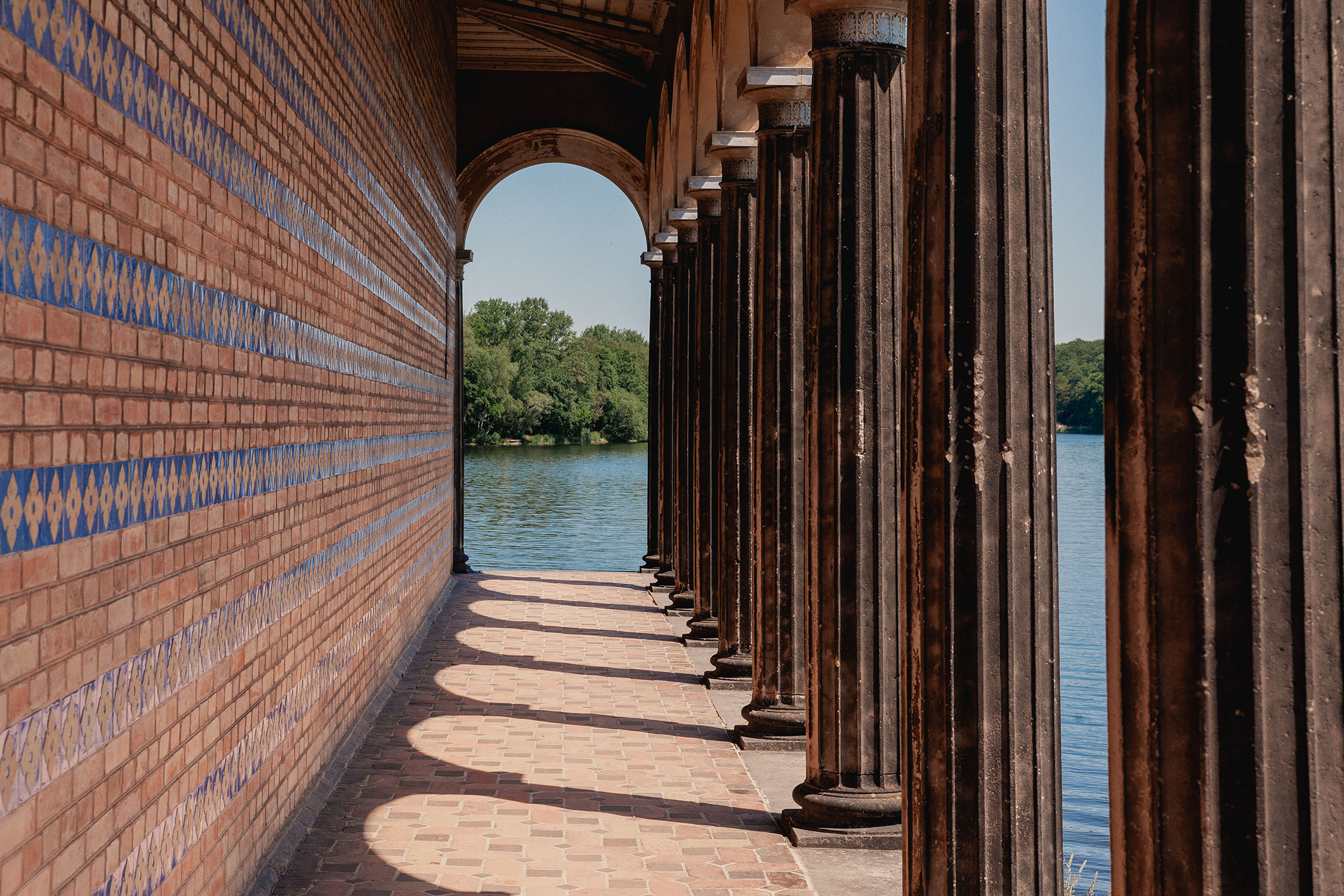
This is something I really enjoy: leaving my desk, jumping into the water, and then feeling totally refreshed in the mind.


-
Referencing Talking Head’s masterpiece “This must be the place” (1983), the Villa’s current exhibition draws on the notion of place as an abstract condition rather than a confined area or a specific location. Can you tell us a little bit about how you came up with this framework?
The song inspired it! I came across it while we were researching artists and thinking of a name for the exhibition and it just seemed to fit perfectly. “This must be the place” is a love song without narration. Situations, actions, and feelings are described in a fragmented way, and the notion of place and home emerges organically from their interplay.
A place isn’t determined by a building or a geographic location. It is society, along with the political circumstances, and the people that shape it. Just like Villa Schöningen is shaped by its multifaceted history and the different people that inhabited it.
As for the current exhibition, the artworks reflect individual moments, themes, and emotions, achieving something timeless and malleable without making a claim to absolute truth. The same way, the lead singer of the Talking Heads sings about looking for a place he can call home and realizes that he has actually already found it:
Home, is where I want to be
But I guess I’m already there
A tour of Potsdam
Sonia González is the current director of Villa Schöningen, a historic residence and exhibition house located in Potsdam. Prior to working as a curator at Villa Schöningen, Sonia González worked with gallerist Thomas Zander in Cologne and at Museum für Hamburgische Stadtgeschichte in Hamburg. To find out more about her work visit Villa Schöningen’s current exhibition ‘This Must be The Place’ or follow her on Instagram.
Text: Amelie Varzi
Photography: Aimee Shirley
